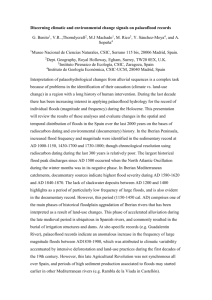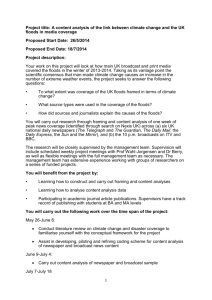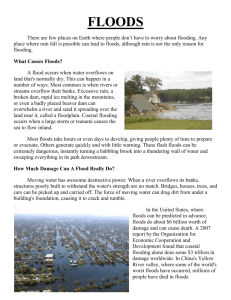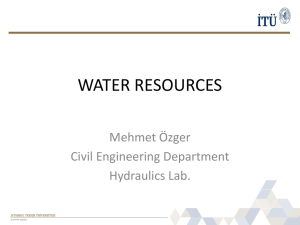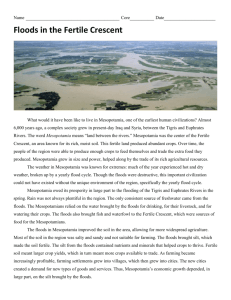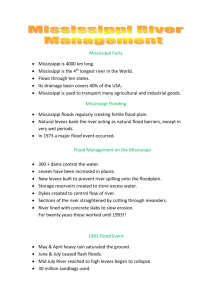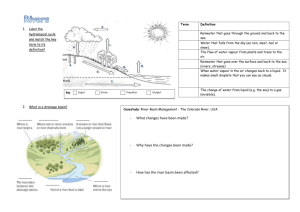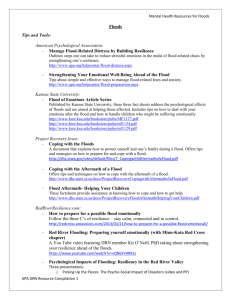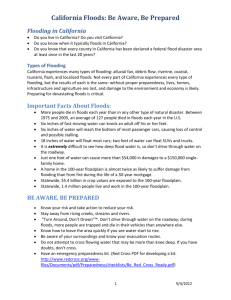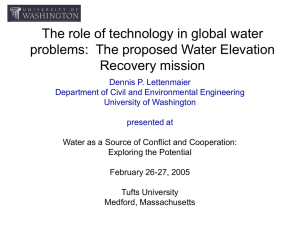HOW DO FLOODS AFFECT SOCIETY? Floods, like any hazard
advertisement
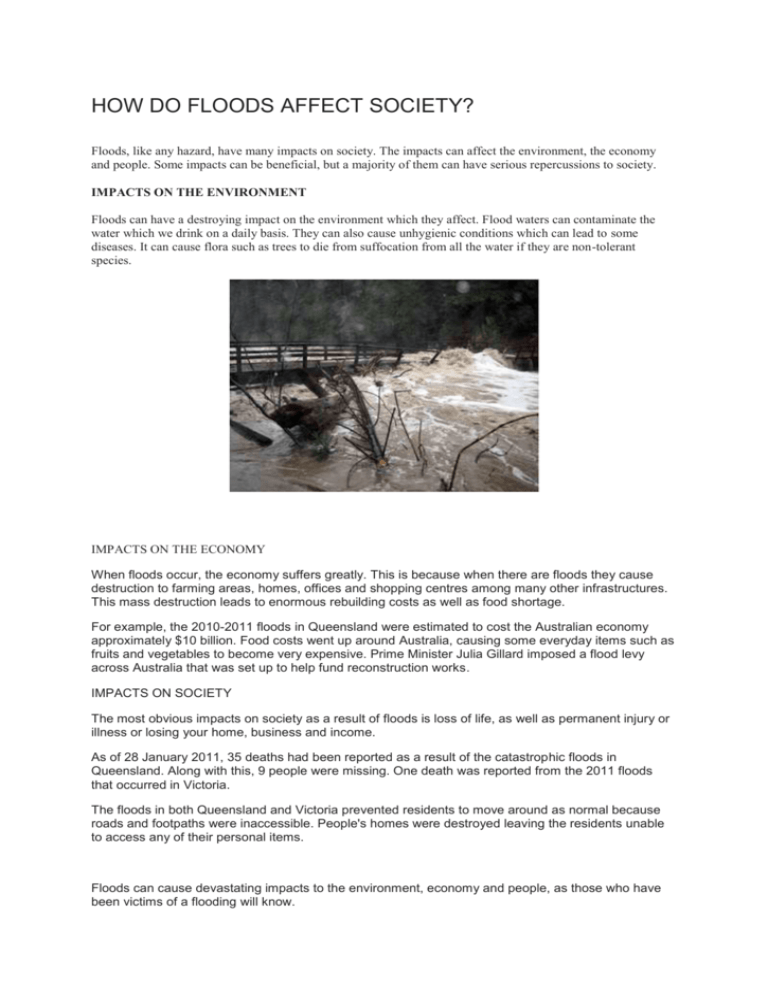
HOW DO FLOODS AFFECT SOCIETY? Floods, like any hazard, have many impacts on society. The impacts can affect the environment, the economy and people. Some impacts can be beneficial, but a majority of them can have serious repercussions to society. IMPACTS ON THE ENVIRONMENT Floods can have a destroying impact on the environment which they affect. Flood waters can contaminate the water which we drink on a daily basis. They can also cause unhygienic conditions which can lead to some diseases. It can cause flora such as trees to die from suffocation from all the water if they are non-tolerant species. IMPACTS ON THE ECONOMY When floods occur, the economy suffers greatly. This is because when there are floods they cause destruction to farming areas, homes, offices and shopping centres among many other infrastructures. This mass destruction leads to enormous rebuilding costs as well as food shortage. For example, the 2010-2011 floods in Queensland were estimated to cost the Australian economy approximately $10 billion. Food costs went up around Australia, causing some everyday items such as fruits and vegetables to become very expensive. Prime Minister Julia Gillard imposed a flood levy across Australia that was set up to help fund reconstruction works. IMPACTS ON SOCIETY The most obvious impacts on society as a result of floods is loss of life, as well as permanent injury or illness or losing your home, business and income. As of 28 January 2011, 35 deaths had been reported as a result of the catastrophic floods in Queensland. Along with this, 9 people were missing. One death was reported from the 2011 floods that occurred in Victoria. The floods in both Queensland and Victoria prevented residents to move around as normal because roads and footpaths were inaccessible. People's homes were destroyed leaving the residents unable to access any of their personal items. Floods can cause devastating impacts to the environment, economy and people, as those who have been victims of a flooding will know. HOW DO DROUGHTS AFFECT COMMUNITIES? California in America is a very dry state. To save water they take many precautions. One of the major precautions to save water is that: Oil and gas drilling wastewater is being used to water pistachio and almond trees. The drOught has been the worst in California fort he last 10 years. According to scientists it killed 12 million trees and authorities have to take strict measures. One of them is: Drilling wastewater is sold to farms to irrigate food crops. HOW DID FLOODS AFFECT MESOPOTAMIA? MESOPOTAMIA means the land between two rivers. The rivers provided water and means of travel. In ancient times, it was easier to travel by boat than over land. Boats can carry heavy loads. River currents helped move boats that were traveling down river. Also, few roads existed. Almost every year, rain and melting snow in the mountains caused the rivers to swell. As the water flowed down the mountains, it picked up soil. When the rivers reached the plains, water overflowed onto the floodplain, the flat land bordering the banks. As the water spread over the floodplain, the soil it carried settled on the land. The fine soil deposited by rivers is called silt. The silt was fertile, which means it was good for growing crops. Being a farmer is difficult. Crops need the right amount of water to thrive. The floods and the semiarid climate in Mesopotamia meant that farmers often had either too much water or too little. The yearly flood was unpredictable. No one knew when the flood would occur. It might come in April or as late as June. Farmers could not predict when to plant. Also, the flood’s size depended on how much snow melted in the mountains in spring and how much rain fell. If there was too much, the flood might be violent and wash everything away. If there was too little rain and melting snow, the flood would not come By about 6000 B.C., farmers built canals to carry water from the rivers to their fields. Such a system is called irrigation. Often, the silt in the water clogged the canals. Workers had to clean out the silt to keep the water flowing. They also built dams to hold back excess water during floods. Since the beginning of time, humans have had to solve problems in the environment. For example, Mesopotamia had no forests to provide wood. The region also lacked stone and minerals, such as metals. Because of that lack of resources, Mesopotamians had few building materials. Since they could not build with wood or stone, they used mud for bricks and plaster. However, mud buildings crumbled easily and had to be repaired often. Also, Mesopotamia was easy to invade because it had few mountains or other natural barriers. As a result, people from other regions often came to steal from the Mesopotamians or conquer them. The ancient Mesopotamians wanted to protect themselves, but they had no trees or stone to build barriers. So people built mud walls around their villages.
